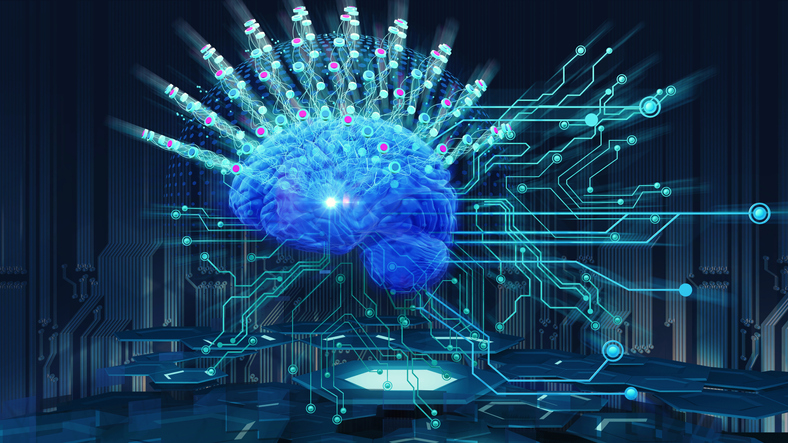|
|
About | Technology | FAQ | Contact Us | ||
| Technology Research and Development |
|
|
About | Technology | FAQ | Contact Us | ||
| Technology Research and Development |
 |
||||||||||
|
TECHNOLOGY
TBI Mitigation & Protection
NSI Impact Mitigation System
Just as jumping from a building onto
an air bag absorbs and dissipates the impact energy NSI Technology
performs similarly creating a softer landing for the brain at
impact. Our impact cells and electronic systems control and mitigate
the impact event.
As this resulting action take place the meninges or spinal fluid
sack around the Brain is compressed. The rotation of the skull
causing the Brain to spin inside the skull and can cause
hemorrhaging, this is the most damaging effect to the Brain. The
hemorrhaging or bleeding of the Brain does not always happen at the
point of impact but can occur anywhere.
|